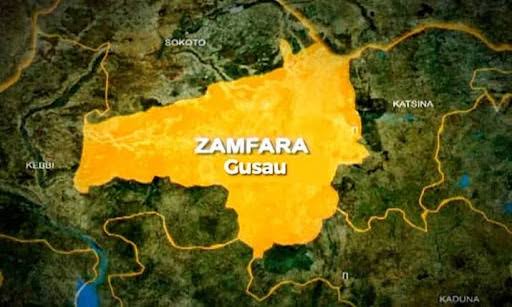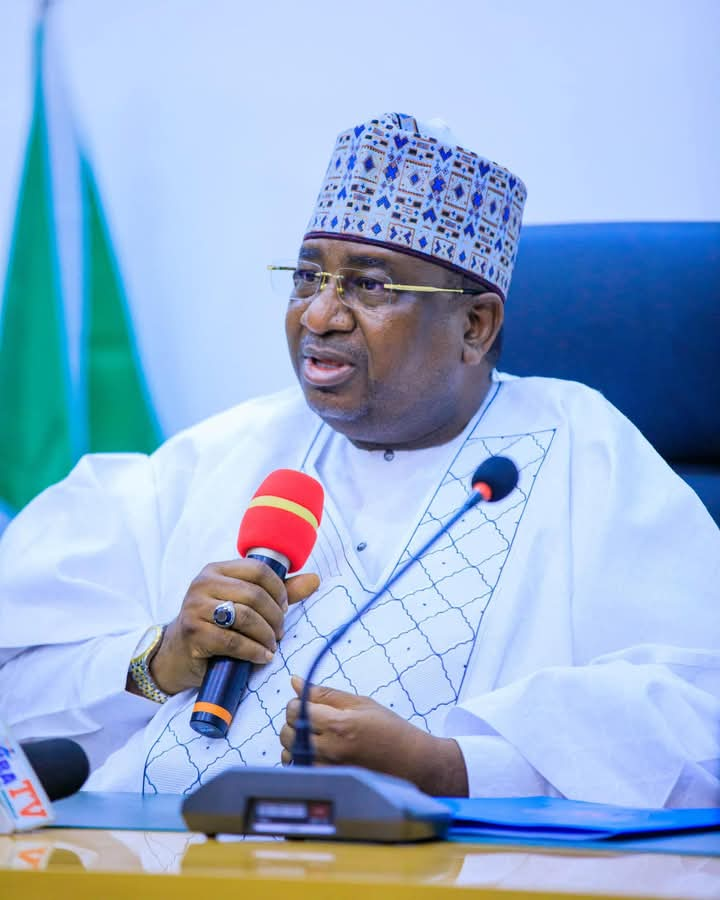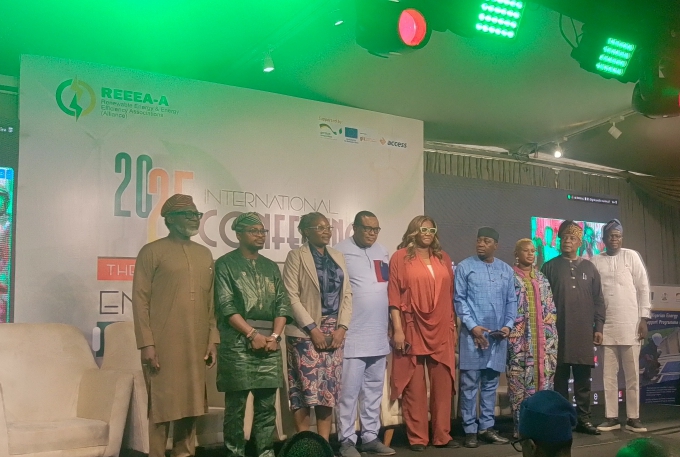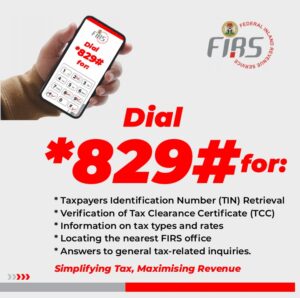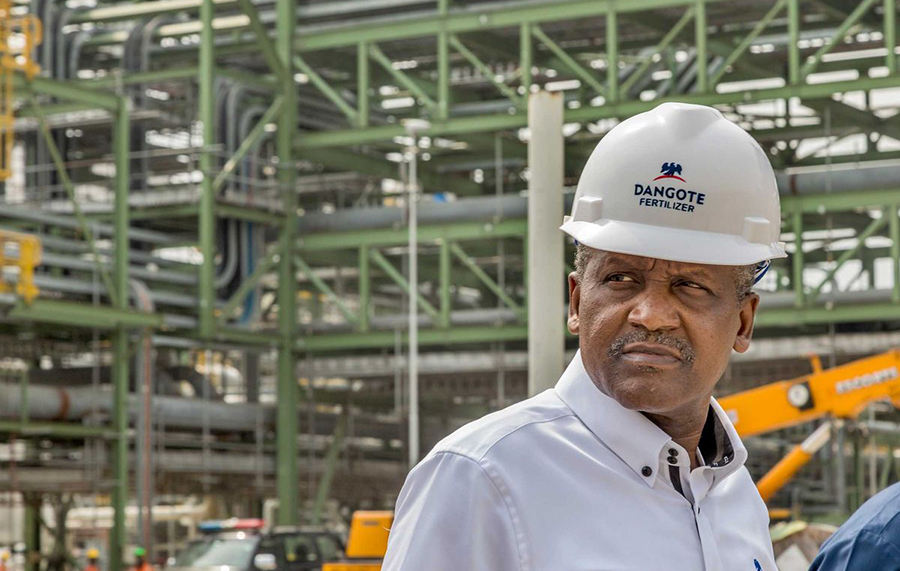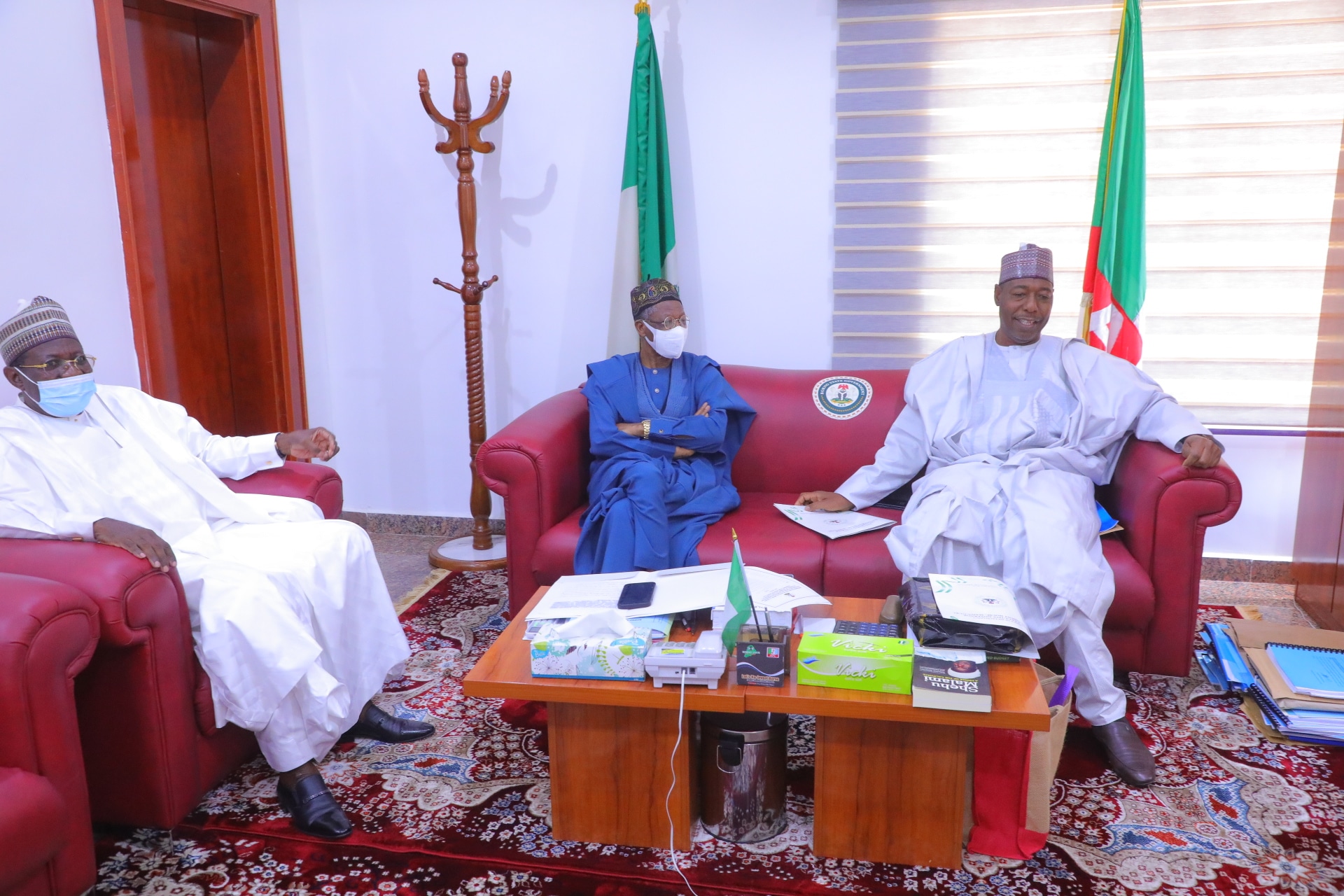As the world races toward cleaner energy, Nigeria faces a peculiar challenge: how to communicate energy transition in a way that resonates with investors, innovators, and, most importantly, ordinary Nigerians in both urban and rural communities.
At the 2025 International Conference of the Renewable Energy and Energy Efficiency Association Alliance (REEEA-A), a vibrant panel discussion titled “Communicating Transition, Media and Public Engagement” unpacked this puzzle. Four panelists, ranging from consultants and activists to communications experts and knowledge managers, offered hard truths and practical strategies.
What emerged was clear: energy transition in Nigeria cannot succeed without a radical rethink of how we talk about it, who we talk to, and what messages we send.
The Community Test: Why Technology Alone Fails
Mr. Olumide Idowu Founder, (ICCDI), opened the session with a sobering reminder: technology is never enough.
“Community perception is everything,” he said. “If people don’t understand or believe in your solution, they will not adopt it, no matter how sophisticated it is.”
From his experience, effective communication in energy transition must go beyond glossy brochures or social media campaigns. It must answer the community’s core question: How does this help me today?
Idowu warned against rushing to deploy technology without listening first. “You must create messaging that resonates locally. That means telling people not just what the solution is, but why it matters to their lives.”
Understanding Iya Taju: Ground Realities of Energy Use
For Barr. Titilope Akosa, Executive Director of the Centre for 21st Century Issues, the key lies in empathy-driven engagement. She illustrated this with the everyday life of “Iya Taju,” a fictional representation of the typical Nigerian woman who cooks daily with clay pots.
“If you bring her a solar cookstove that only works with one kind of pot, she will throw it away,” Akosa explained. “People have been cooking with their clay pots for 20 years, they won’t abandon them because of one new shiny product.”
Her argument? Energy solutions must be designed with cultural realities in mind. Otherwise, communities will revert to cheaper, familiar options like local firewood and kerosene, regardless of the health or environmental risks.
Akosa also emphasized continuous community engagement, not one-off sensitization campaigns. “Community dynamics change. If you don’t keep engaging, your investment will fail.”
More importantly, she urged energy companies to adopt community-led and community-owned projects. “If community members know they have a stake, if they can even earn dividends from your business, they will champion your product far better than any marketing campaign.”
The Investor-Community Bridge
Bridging the gap between innovators and financiers is where Miss Precious Francis, Communications and Knowledge Manager at the Nigeria Climate Innovation Centre (NCIC), comes in.
At NCIC, she explained, the strategy is to ensure that startups are investment-ready while still rooted in their communities.
“If you have an innovation and an investor but no community, you have nothing,” Francis said bluntly.
Through the Green Startup Network, NCIC ensures that innovators are not just tinkering in isolation but are prepared with documentation, market research, and community validation before they meet investors.
“We are the middlemen,” she said. “We bring innovators who have been tested, trained, and supported into the room with investors who are looking for credible solutions.”
For Francis, communication is not just about social media buzz but about structured conversations and knowledge management. “It’s about ensuring that the story of innovation is strong enough to outlive the initial hype and deliver lasting impact.”
Why Traditional Media Still Matters
While digital media dominates today’s conversations, Prince Israel Orekha, Executive Director of Connected Advocacy, reminded the audience that traditional media remains indispensable.
“Technology is good, but local communities still depend on radio, newspapers, and town criers. Messaging is key, and it must be delivered in a language and format people understand,” he said.
From his training programs in the Niger Delta, Orekha identified two major barriers: knowledge gaps and financial constraints. Many rural Nigerians remain unaware of new energy options, while those who are aware cannot afford them.
To bridge this, he proposed community-level energy storage systems that could power radios and small appliances. More importantly, he advocated for co-design and co-creation, where local knowledge informs product design.
“Too often, solutions are designed without local input, making them false solutions,” Orekha argued. “If we want inclusivity, we must ensure communities are part of the value chain.”
The Bigger Picture: Policy, Messaging, and Investment
All four panelists agreed on one critical point: communication is not just about awareness, it is about shaping policy, driving investment, and ensuring inclusivity.
Akosa called for a national community energy policy, Francis stressed investor-ready storytelling, Idowu emphasized trust-building with communities, and Orekha pushed for fact-based narratives that highlight opportunities and job creation.
In Orekha’s words, “Every story must frame the needs, the opportunities, and the jobs it creates. That is how you influence both policymakers and investors.”
Speaking Different Languages to Different Audiences
In his remark, the moderator, Mr. Samuel Nwosu, noted that the most striking takeaway was that energy communication is not one-size-fits-all. Messages for investors must highlight documentation, scalability, and return on investment. Messages for rural women must focus on practical benefits, affordability, and cultural fit. Messages for young people must leverage digital tools, visuals, and unconventional approaches. And messages for policymakers must tie innovation to policy outcomes and national goals.
As Akosa put it: “What you will tell rural women is different from what you will tell investors. Know your audience. Tailor your message.”
In the end, Nigeria’s energy transition will not be powered by technology alone. It will be powered by stories that resonate, strategies that include, and communication that connects.
The panelists agreed: get the messaging right, and the adoption, and investment will follow.



